
Outside the battered Reichstag the sound of artillery and small arms fire echoed across the ruins of the Königsplatz. The building shook as chunks of stone were torn off in great showers of debris. Inside cowered the remains of Heinrich Himmler's mighty Waffen-SS. How had his private army that once numbered almost 40 divisions been reduced to this? Hitler, in the closing months of World War II, vainly hoped that the Waffen-SS could turn the tide on both the Western and Eastern Fronts. Ever since the assassination attempt on his life on 20 July 1944 he had refused to trust the German armed forces - especially the army.
Instead Hitler put his faith in Himmler's Nazi fanatics and it was the SS who spearheaded his last two offensives. First in the Ardennes to halt the British and the Americans, and then in Hungary to stop the Soviets. These operations represented Hitler's last stand yet both were characterised by poor planning and political infighting. The result was defeat and Hitler angrily denounced the SS. It was only in the dying days of the Third Reich, as they fought to defend the Nazi capital, that Hitler found it in his suicidal heart to thank the SS.
Rejuvenated SS
The Allies became aware in late September 1944 that Hitler was withdrawing his armour from the Western Front to build up a very large panzer reserve. Intelligence indicated that the 1st SS Leibstandarte Adolf Hitler, 2nd SS Das Reich, 9th SS Hohenstaufen and 12th SS Hitlerjugend Panzer Divisions were being refitted for renewed combat. Most notably, the two SS Panzer Corps were swiftly rebuilt as the strike force of SS-Oberstgruppenführer Sepp Dietrich's new 6th Panzer Army. This was not officially designated an SS army until 1945 as it also included army divisions, but nevertheless led by the Waffen-SS was considered as such.
Denne historien er fra Issue 114-utgaven av History of War.
Start din 7-dagers gratis prøveperiode på Magzter GOLD for å få tilgang til tusenvis av utvalgte premiumhistorier og 9000+ magasiner og aviser.
Allerede abonnent ? Logg på
Denne historien er fra Issue 114-utgaven av History of War.
Start din 7-dagers gratis prøveperiode på Magzter GOLD for å få tilgang til tusenvis av utvalgte premiumhistorier og 9000+ magasiner og aviser.
Allerede abonnent? Logg på
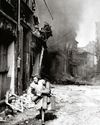
THE RUHR POCKET
The world's largest industrial complex, the Ruhr was where Nazi Germany's war machine was forged. If the Allies could capture it the conflict in Europe would effectively be over
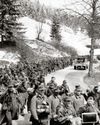
HITLER'S 'ALPINE FORTRESS
With the Rhine crossed and the Ruhr taken, Allied Supreme Commander Dwight D Eisenhower had to decide what came next. His orders would help shape the fate of Europe for decades to come
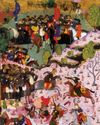
BLUNTING THE SULTAN'S SPEAR
During his 1532 invasion, Suleiman the Magnificent faced a seemingly simple obstacle in the small fortress of Koszeg, Hungary. What ensued was a bloody struggle between Ottoman firepower and imperial grit

BATTLE OF THE NILE NELSON vs NAPOLEON
In 1798, Britain's most celebrated admiral pursued the French across the Mediterranean, attempting to thwart General Bonaparte's mission to Egypt. The pursuit culminated in what was arguably the most strategically important naval battle of the Napoleonic Wars
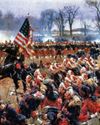
FREDERICKSBURG
The Confederate invasion of the north had been repulsed in Maryland by the Army of the Potomac. President Abraham Lincoln now urged his military to seize the initiative and crush the Confederates in the east and capture their capital Richmond. It would culminate in another catastrophic defeat
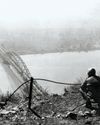
REMAGEN GATEWAY TO THE REICH
On 7 March 1945 the Ludendorff Bridge over the Rhine at Remagen was still standing - capturing it intact was vital to the Allied advance into Nazi Germany
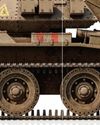
A13 MK III CRUISER COVENANTER TANK
Plagued with mechanical issues, the Covenanter was envisioned as an improved cruiser design but never deployed for overseas service
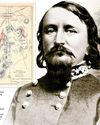
INSIDE PICKETT'S CHARGE
On 3 July 1863 a Confederate regiment – the 19th Virginia Infantry – marched into the jaws of Hell in one of the most infamous events in American military history

Heroes of the Victoria Cross: MILTON FOWLER GREGG
On 28 September, 1918, this Royal Canadian Regiment officer led his men through uncut barbed wire into enemy trenches
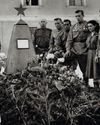
MARCH 1945
To commemorate 80 years since the Second World War, History of War will be taking a look at some of the key events taking place during each month of the conflict